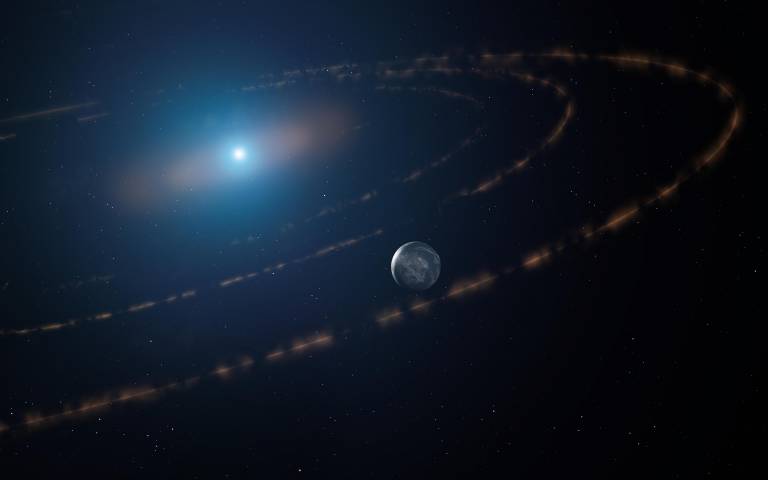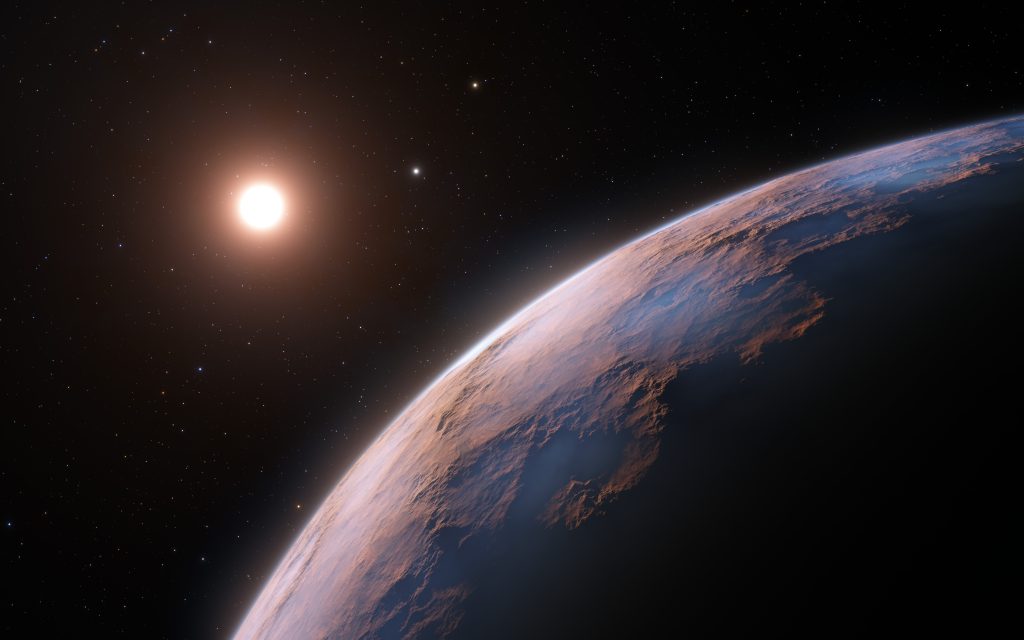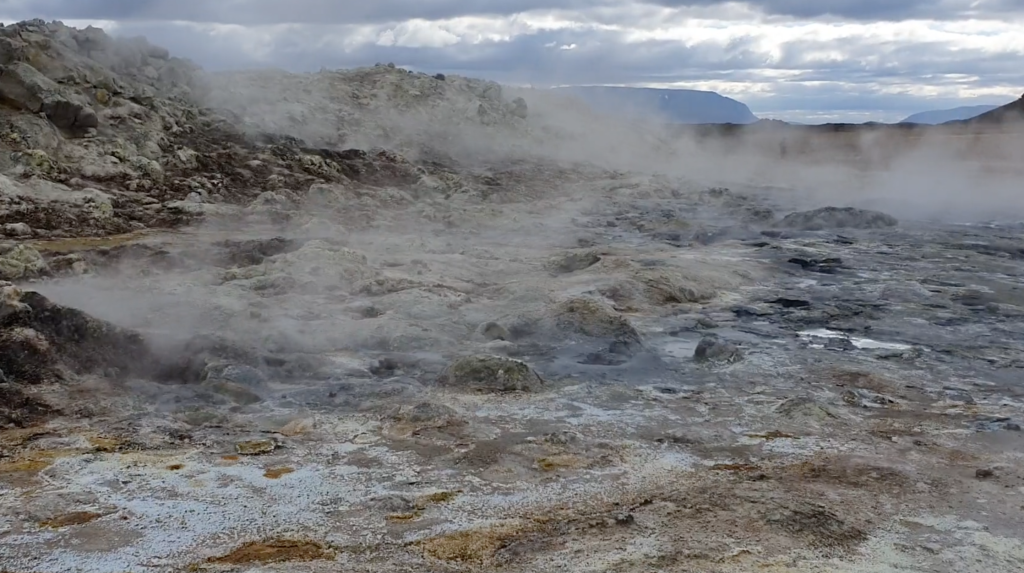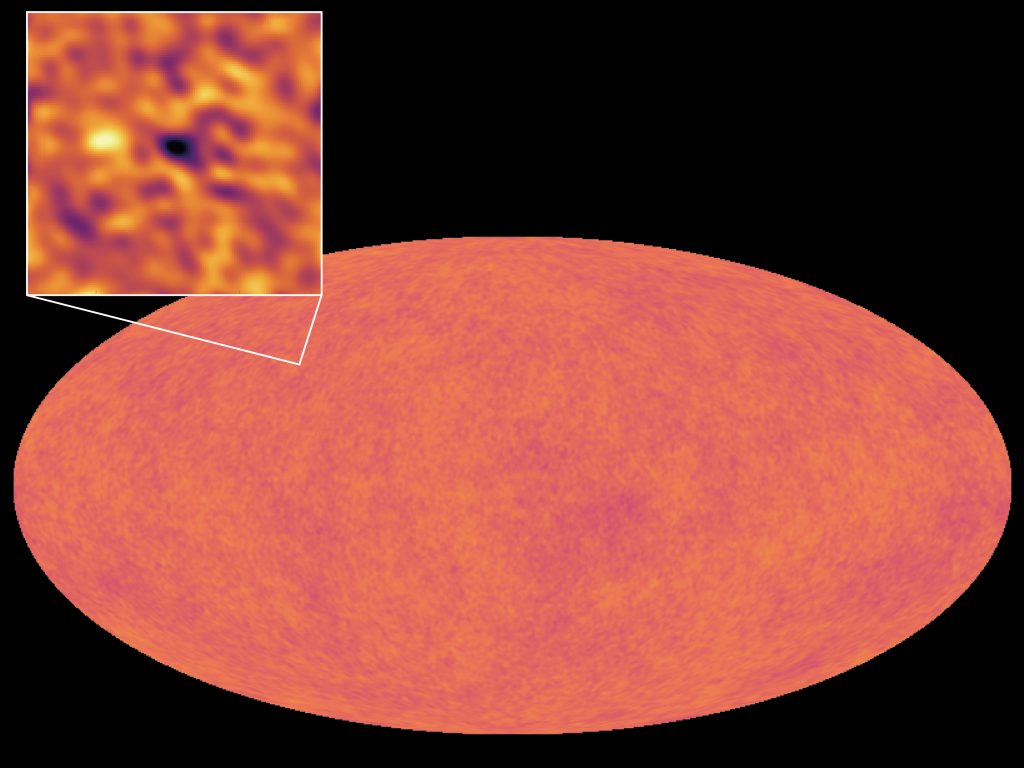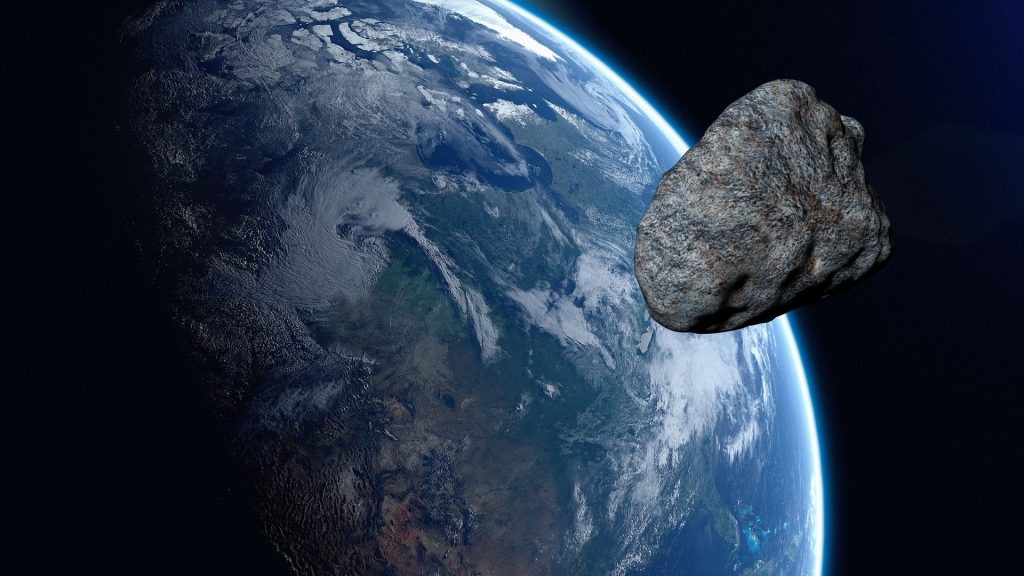Interstellar travel: With the perfect sail to the stars
The StarShot project, launched by the Russian billionaire, aims to use lasers to bring tiny spaceships weighing only a few grams to such a speed that they can reach the stars closest to the sun in a generation instead of in a few tens of thousands of years - the time it would take for spaceships to reach them based on current or near-future technology. My readers are familiar with the concept from the Proxima trilogy. For this purpose, these mini-ships have a sail onto which the laser can fire. This sail, about three meters in diameter, must be…


